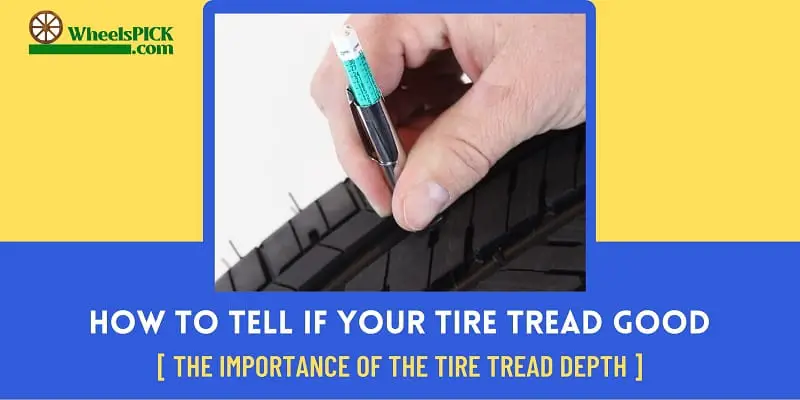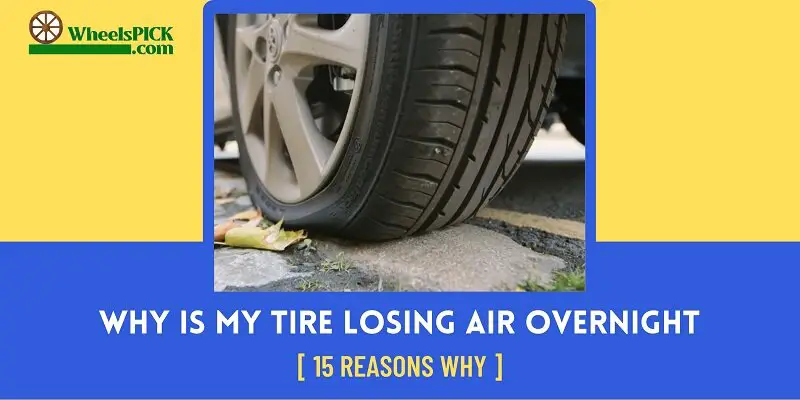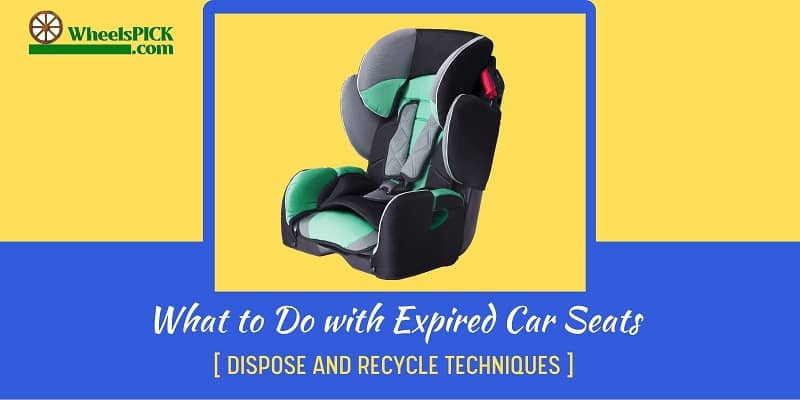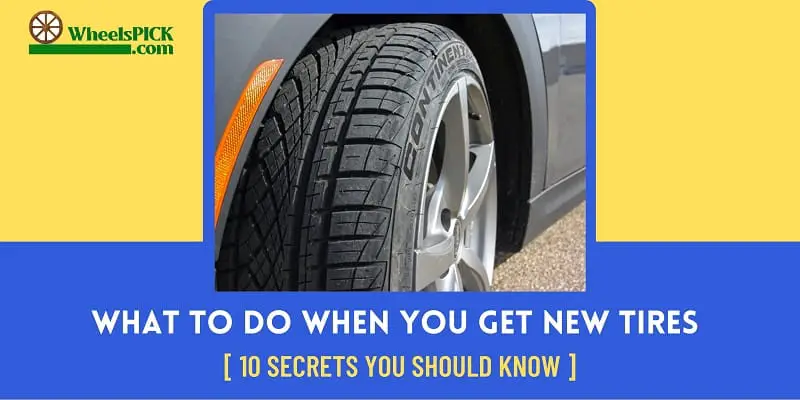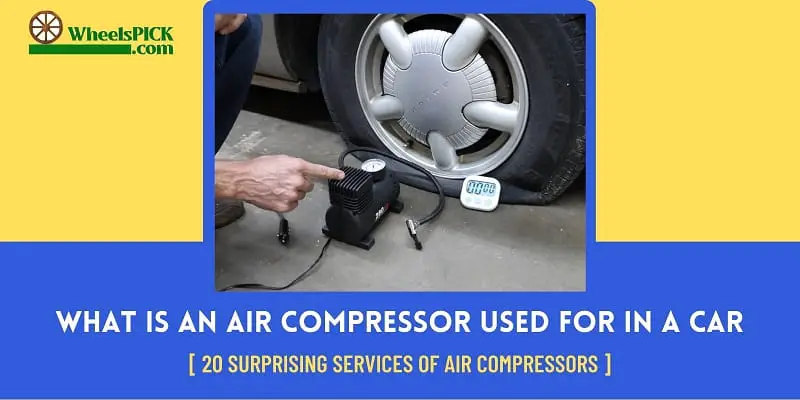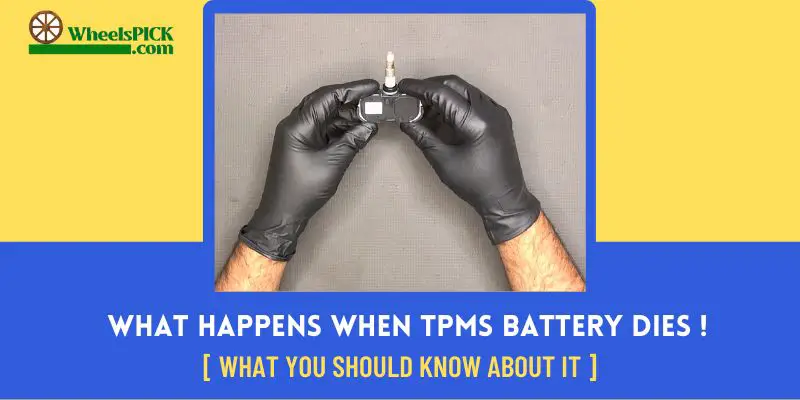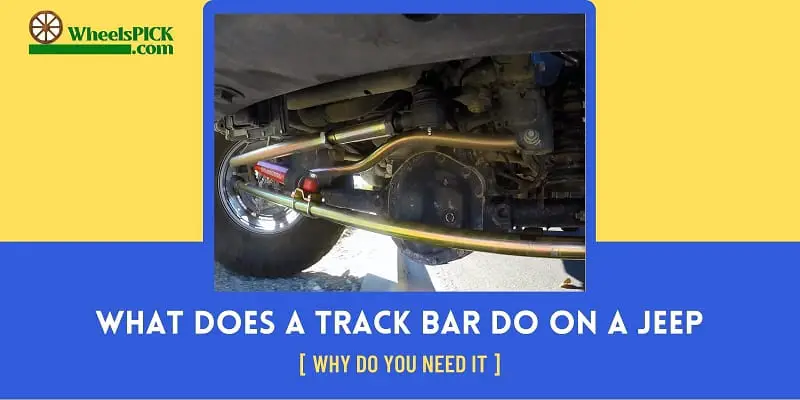Maintaining a certain tire tread depth is essential for every driver. Tread allows you to have a safe riding experience on wet and slick roads. Moreover, braking, cornering, and gripping become more effective with a good depth of your tire’s tread. But the most burning question is- how to tell if your tire tread is good?
There are some factors affecting the condition of your tire tread. So, stay with me for the rest of the article to know what can give you the best idea about your tire tread estate. Also, how often replace auto tires to enjoy a safer journey. Without wasting time, let’s have a look.
Do All Auto Tires Need to Have the Same Tire Tread
Riding can be tricky with tires with different tread designs, depths, and sizes. Experts recommend using tires of the same brand with the same type, size, tread depth, pattern, and even speed rating on the front and rear axle. Varying size and tread depth can cause overabundance on a tire than the other one on the same axle. That ultimately leads to tire failure.
How to Tell If Your Tire Tread Is Good
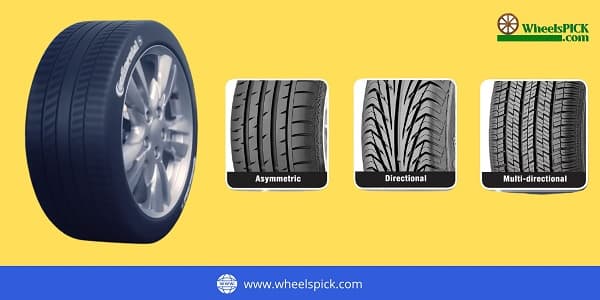
Tread is the rubber section of the tire. Tire tread ensures more traction during wet seasons by making a good bond with the roads. But if your tire tread is not good enough, it loses traction on slick and wet roads. There are several ways to determine the goodness of your tire tread. So, keep reading this article as we are about to start.
Look For Tire Damage
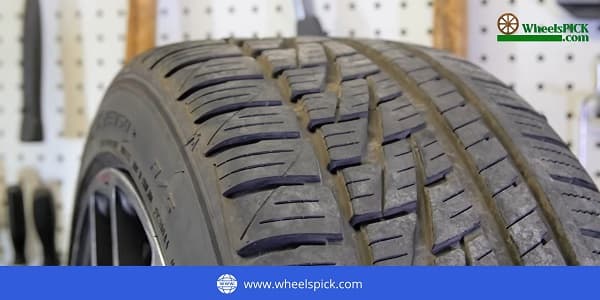
Watch out for scalloping, cupping, and divots on the tire tread during car maintenance. These small things can create misalignment. As a result, driving with these tires becomes uncomfortable. So, if your tire tread has a lot of divots, it means they need to be better.
Moreover, tire tread with cupping and divots may cause noise while riding at a higher speed. Bumping on different spots on your tire tread also indicates a bad tire tread condition.
Tread Wear Indicators
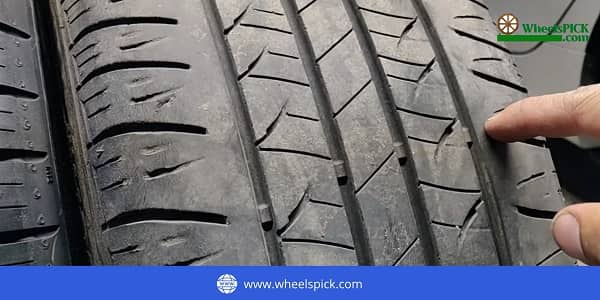
Tread wear bars or indicators are placed between tire ribs. More specifically, it stays between the pattern or grooves of your tire tread. It indicates your tread reduction by a fraction or other circumstances. So, how do you tell if your tire tread is good by the tread wear indicators? Follow the steps-
- Step 1: Park your car in a safe area or parking lot.
- Step 2: Apply your handbrake to keep your car steady.
- Step 3: Switch your car’s engine off.
- Step 4: Find the wear indicators or bars on the tire tread.
- Step 5: Look carefully at the level of the tire tread and indicators.
- Step 6: Find out, are the wear bars levelled with the tire tread.
The tire wear indicator tells you if your tire tread is good or bad. If the tire tread is at the same level as the indicators, it’s time to change your tires. They are not suitable for driving on wet surfaces. Even on dry pavement, they can slip while making tight cornering.
Check Your Tread Depth
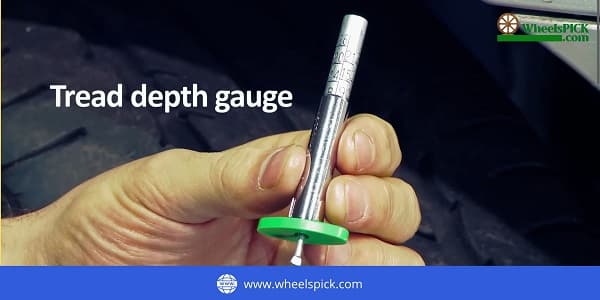
The most reliable way to tell about the tire tread conditions is by measuring its depth. According to the tire tread depth chart, the legal limit of the tread depth is 2/32 of an inch. If your tires have this much depth, you need to change your tires ASAP. To know about your tire tread estate, you must perform a depth measurement test. Usually, people use 3 methods to identify their tread depth and realize if their tread is good.
I. Using the penny
To realize your tire tread condition, you can take a penny test. But remember, you need to place the penny several times into the ribs to better understand the correct measurement. Follow these steps-
- Step 1: Place the penny between two ribs or into any tread groove.
- Step 2: Make sure the head of Abraham Lincoln is upside down while putting the penny into the groove.
- Step 3: Now, check whether you can see the head or not. Your tire’s tread is safe and legal if the head disappears between the ribs.
- Step 4: Repeat these three steps all around the tires to get a better idea about the depth of the tread.
Watch how to do a perfect penny test to have a more obvious idea.
II. Using The Quarter
Using a quarter is another old-school way to tell about your tire tread status. It gives you more information about the tread than the penny one. Here is how to use it-
- Step 1: Place your quarter between two ribs.
- Step 2: Make sure the head of George Washington is pointed down while placing.
- Step 3: Now, spectate carefully; if the tire tread covers the head, it indicates the excellent condition of your tire. Moreover, it means your tire tread is more than 4/32 of an inch.
- Step 4: Repeat these three steps on different areas of the tire to have a broad idea.
4/32 of an inch is okay as your tire tread depth for a while. But you better think about replacing the tires soon. To understand more clearly the use of a quarter, watch how to check your tire tread with a quarter.
III. Using a Tread Depth Gauge
Using a tread depth gauge is more of a professional way to measure your tread depth. Indicating the proper tread depth gives you a more specific idea about your tread condition. If you don’t have one, buy it from any auto parts retail store. To use a depth gauge properly, follow these steps-
- Step 1: After checking your tire air pressure, enter the probe bar between two ribs.
- Step 2: Push down the shoulders until they are flush with the tread.
- Step 3: Look carefully at the top of the gauge to note down the measurement.
- Step 4: Repeat steps #1 and #2 on various parts around the tires for the correct measurement.
Generally, the lowest depth is considered the right one.
Thus, using these methods, you can tell whether your tire tread is good.
Frequently Asked Questions (FAQs)
Q1. What Depth of Tire Tread Is Safe?
A) In agreement with the U.S. department of transportation, if your tire tread depth is 2/32 inches, you should change your tires. Even in many states of America, tire replacement is legally required in this depth. The reason behind this, it is too low for safe driving on wet roads.
Q2. How Long Does Tread Depth Last?
A) Generally, the tread depth reduces by 1/32 of an inch every 5000 to 8000 miles. But it also depends on the tire and road. With high-quality tires, the depth reduction is less than with regular tires. Moreover, bad road conditions can cause more damage to the tire tread. Tire wears faster on bad roads.
Q3. How Do You Know if Your Tread Is Good?
A) The easiest way to do this is to do a tread depth test. Use a penny and insert it between two ribs. The Lincoln's head has to be upside down. If the head does not disappear, your tread depth is less than 2/32 inches. So, it is high time you changed the tires.
Q4. Does Suspension Effects Tire Tread?
A) The suspension consists of different components. Including ball joints, control arms, tie rod end, and arm bushing, it has a wheel bearing that holds the tier in position. If any of them gets worn somehow, it affects the tire tread. For the correct suspension geometry, you can use a 3.5-inch rough country lift.
Q5. What Is the Legal Limit for Tread?
A) The legal limit of the tire tread depth is above 1.6mm. Lower than that can cause a terrible accident. Experts recommend changing the tires before it becomes less than 3mm.
Q6. Does Tire Tread Affect Performance?
A) Tread depth is essential for traction and steering response. The more grip the tire has on the pavement, the more control the vehicle has. So automatically, it becomes associated with the performance of the car. So, if the tire tread gets worn, it will cause performance failure.
Q7. Which Tires Lose Tread Faster?
A) Front tires take most of the pressure while stopping, braking, and cornering. With more fractions and dragging, the rubber or tread of the tire decays quickly. Also, it creates a hit during the fraction. As a result, the front tires wear faster than the rear ones.
Q8. How Much Tread Difference Is Too Much?
A) The distinction of tread depth between front and rear tires should not be more than 3/32 of an inch. In fact, Car companies recommend having tires of the same brand. Moreover, specifications like load index, tread depth, speed rating, size, and pattern should be matched on the rear and front tires.
Conclusion
That’s a wrap for today. Through my article, I hope you have feedback on how to tell if your tire tread is good. Keeping a good bond with the road with a good tire can increase your riding comfort. The importance of tread depth in driving is bigger of a deal. So, keeping that in mind, every driver should test their tread depth often to reduce accident risk.
In the end, it’s your life that is on the line. So, think about it and change the tires when it does not meet the right tread depth requirements.

